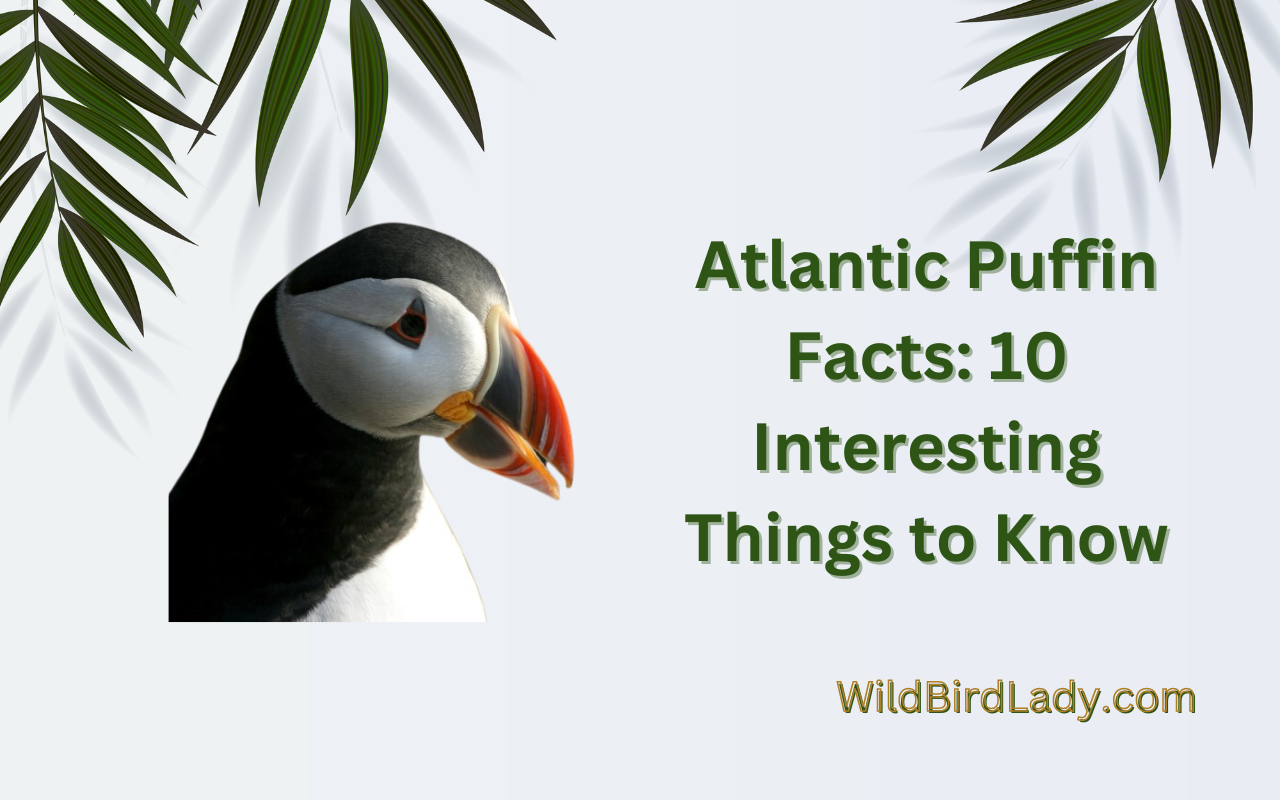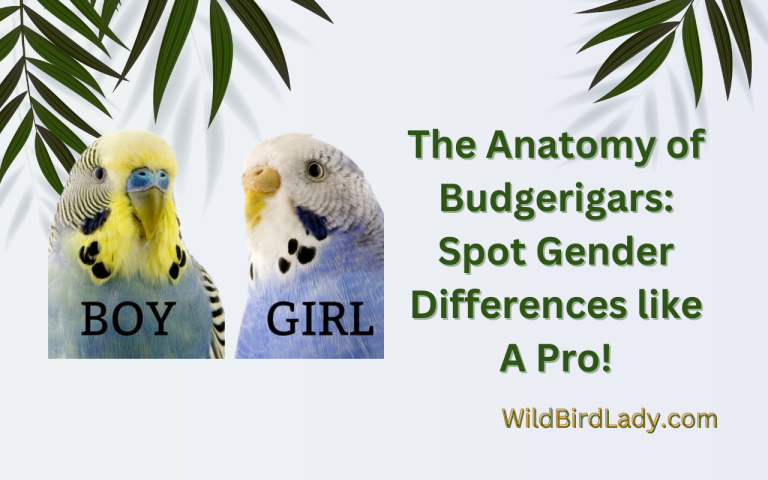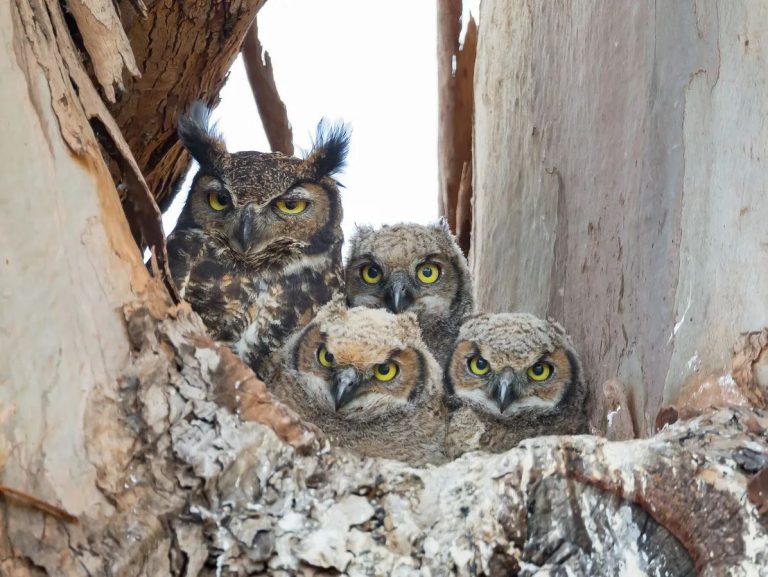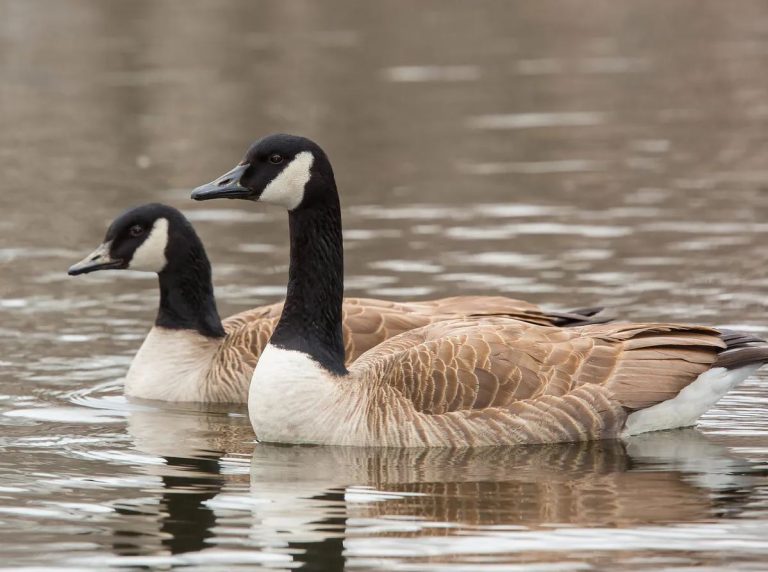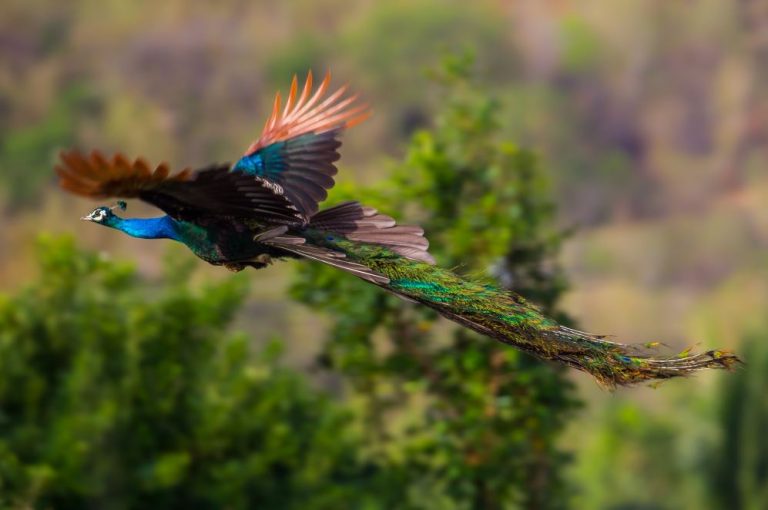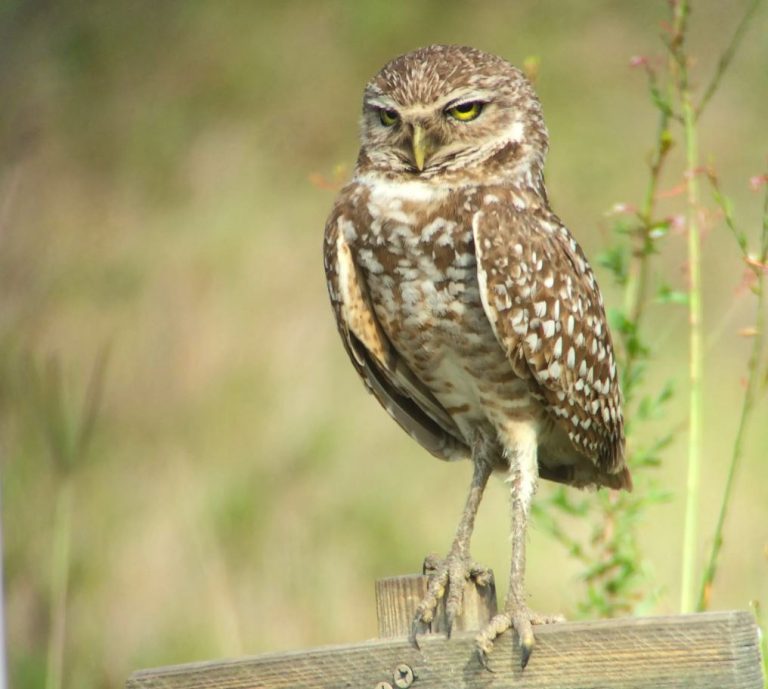Atlantic Puffin Facts: 10 Interesting Things to Know
🐦 The atlantic puffin is a unique bird with distinct features such as its colorful beak and ability to swim underwater. Here are 10 interesting facts about this fascinating seabird.
Atlantic puffins, formally known as Fratercula arctica, are playful birds that live most of their lives at sea, coming to land only to breed and raise chicks. They grow to around 10 inches in height and are easily recognized by their large, triangular beaks and bold coloring – white faces, black back and wings, and bright orange beaks and feet.
These birds are also amazing divers, swimming underwater with their wings to catch small fish like sand eels, herring, and capelin. While atlantic puffins face threats from climate change and human disturbance, their populations are stable and remain an important part of the coastal ecosystems they call home.
Physical Appearance And Characteristics
Factoids: 10 Facts About Puffins
Atlantic puffins are charming seabirds that belong to the Auk family. Easily recognizable with their colorful bills, small stature, and striking appearance, these small birds are truly fascinating creatures. Here are the top 10 interesting Atlantic puffin facts.
- Colorful Beak: One of the most distinctive features of Atlantic puffins is their colorful beak. The beak is triangular and has a bright orange, yellow, and red stripe extending from the base to the end.
- Compact Size: Atlantic puffins are small seabirds, measuring around 10 inches (25 centimeters) in length. Despite their small size, they have a sturdy build and can fly long distances.
- Unique Plumage: These birds have black feathers on their back, white feathers on their belly, and gray feathers on their wings. This coloration helps them blend in with their surroundings when they’re in the water.
- Excellent Swimmers: Atlantic puffins are well adapted to swimming. They have webbed feet and use their wings to propel themselves underwater. They can dive up to 60 meters deep in search of fish.
- Skilled Flyers: While puffins are better known for their swimming abilities, they are also skilled flyers. They have short wings that flap rapidly, allowing them to maneuver through the air with agility.
- Burrow Nesters: Atlantic puffins nest in burrows that they dig themselves into the soil. These burrows provide protection from predators and harsh weather conditions. Puffins often return to the same burrow year after year.
- Monogamous Mates: Puffins are monogamous birds, forming long-term pair bonds. Males court their mates by offering small gifts such as vegetation or stones. They typically mate between three to five years old and remain with the same partner thereafter.
- Fish Diet: The primary diet of Atlantic puffins consists of small fish, particularly sand eels, which can account for up to 60% of their diet. They also consume other sea creatures like herring, capelin, and squid when available.
- Impressive Diving Skills: Atlantic puffins employ different tactics to catch their prey. They can either swim underwater, chasing fish and capturing them with their beaks, or they can plunge dive from the air into the water to catch prey.
- Migration Patterns: Atlantic puffins undertake impressive migratory journeys. They travel from their breeding grounds in the North Atlantic to the waters of the Atlantic Ocean off the coast of North America. These migrations can span up to 1,200 miles each way.
Atlantic puffin populations remain stable despite facing threats from climate change and human disturbance. They play an important role in coastal ecosystems and continue to captivate bird enthusiasts with their unique characteristics and behaviors.
Description Of Atlantic Puffin Physical Features
Atlantic puffins are small seabirds with a unique appearance. Here are some of their distinct physical features:
- The puffin’s beak is triangular, with a bright orange, yellow, and red stripe that extends from the base to the end of the beak.
- They have black feathers on their back, white feathers on their belly, and grey feathers on their wings.
- Their legs and webbed feet are bright oranges, ideal for both swimming in the water and navigating the rugged terrain of their habitat.
- Puffins have round heads and white faces with black eye patches that extend to the back of their neck.
Adaptations Of Atlantic Puffins For Survival
Atlantic puffins are well adapted to their environments and have unique characteristics that help them survive in various conditions. Here are some of the adaptations that enable these seabirds to thrive:
- Puffins have a specialized beak that allows them to carry many small fish at once, which is critical for feeding their young.
- Their wings are adapted to allow them to fly at extreme distances to find food.
- Puffins have a waterproof coat that keeps them insulated and warm in cold water temperatures.
- They can dive up to 200 feet below the water’s surface in search of food and can remain underwater for up to a minute.
- Puffins use their strong legs and webbed feet to navigate rocky terrain and climb cliffs to reach their burrows.
Atlantic puffins are truly interesting and have unique physical features and adaptations that allow them to thrive in the harsh environments they call home.
What Does a Puffin Eat
Atlantic puffin is one of the cutest birds in existence, with a unique appearance that makes them instantly recognizable. Their black and white feathers, coupled with their colorful beaks, set them apart from other seabirds. Puffins are known for their extraordinary skills on land and in the water.
They are also fascinating creatures that exhibit some incredible behaviors while feeding. In this post, we will reveal ten fascinating facts about the feeding behavior and diet of atlantic puffins.
What Do Atlantic Puffins Eat?
The atlantic puffin primarily feeds on small fish but also consumes other sea creatures. Here are some of the foods that feature highly in the atlantic puffin’s diet:
- Sandeels: This is the atlantic puffin’s favorite food, accounting for up to 60% of their diet. Their streamlined bodies and hooked beaks make it easy for them to catch sand eels.
- Herring: Atlantic puffins dive up to 60 meters deep to catch herring, which constitutes about 25% of their diet.
- Capelin: Capelin is another small fish that the atlantic puffin consumes. Their high oil content makes it easy for the birds to digest and absorb all the nutrients.
- Squid: While not as common as other food sources, atlantic puffins also eat squid when they are available.
How Do Atlantic Puffins Catch Their Prey?
The diving ability of atlantic puffins is impressive, thanks to their paddle-like wings and a special gland that helps reduce their buoyancy. Here are the tactics that the atlantic puffin employ to snag its prey:
- Surface diving: The atlantic puffin is an expert swimmer and can dive up to 60 meters deep. During these dives, they chase after fish underwater, capturing them with their beaks before swimming to the surface.
- Plunge diving: The atlantic puffin can launch itself from the air and dive into the water to capture prey. At times, they leap as far as 10 meters with their wings folded, hitting the water at 88 km (55mph) speeds.
- Pursuit diving: The atlantic puffin usually chases its prey horizontally, using its wings and webbed feet to catch the fish in its beak.
Atlantic puffins have unique feeding behaviors and diets. They feed primarily on small fish such as sand eels, herring, and capelin, and they catch them through surface diving, plunge diving, and pursuit diving. The birds also eat squid on occasion. Knowing these behaviors makes it easy to understand and appreciate these creatures.
Breeding And Reproduction
Atlantic puffins are one of the world’s most adored seabirds, known for their brightly colored beaks and easily recognizable features. These creatures are fascinating and have unique behaviors and lifecycles that are worth learning about. We will explore breeding and reproduction in atlantic puffins, providing you with ten thrilling facts about this species.
Mating Habits And Nesting Sites Of Atlantic Puffins
Atlantic puffins are monogamous birds that mate for life. They typically lay a single egg and both parents take turns caring for it. Here are some key points about their mating habits and nesting sites:
- Puffins return to the same site year after year to breed, known as a puffin colony.
- Males will court their mate by offering them sprigs of vegetation or even small stones.
- These birds have burrow nests that they dig themselves into the soil, which they use year after year.
- They typically mate between the ages of three to five years, and each year thereafter.
Incubation Period And Hatching Process Of Atlantic Puffins
Atlantic puffin eggs have an incubation period of roughly six weeks. After hatching, the chick will typically remain in the nest for six to seven weeks. Here are some key points about the incubation and hatching process:
- Both parents take turns incubating the egg, usually for 14 to 15 day periods.
- Puffin chicks are born helpless and completely reliant on their parents for food.
- The parents feed the chicks with small, whole fish, and build up the chick’s fat reserves to prepare them for migration.
- Once the chick leaves the nest, they do not return. They immediately make their journey to the ocean, where they learn to swim and hunt.
Atlantic puffins are fascinating creatures with unique habits and behaviors. Their mating and nesting habits and the incubation and hatching process are essential aspects of their lifecycles. By understanding these facts, we can better appreciate these quirky seabirds and the role they play in their ecosystem.
Migration Patterns And Conservation Efforts
Atlantic Puffin Migration Routes
The atlantic puffin is an impressive bird species that migrate every year, traveling thousands of miles from its breeding grounds to its wintering areas. Here are some essential facts about their migration patterns:
- Atlantic puffins travel from their breeding grounds in the north atlantic to the waters of the atlantic ocean off the coast of North America.
- These migratory journeys can span up to 1,200 miles each way.
- The birds typically travel solo or in small groups, flying around 55mph.
- Atlantic puffins rely on their acute sense of smell and magnetic fields to navigate and locate their food sources during migration.
- Interestingly, puffins will often follow similar migration routes each year, adjusting their flight paths according to weather conditions and their needs.
Threats To Atlantic Puffin Population And Conservation Efforts
Although charismatic and cute, atlantic puffins are listed as a vulnerable species and face several threats to their population. Here are some of the biggest challenges and the efforts made to conserve the bird species:
- One of the most significant risks to puffin populations is the impact of climate change. Rising temperature in the atlantic ocean has led to a shortage of the fish that puffins rely on for their diet, compromising the bird’s breeding success and their overall survival rate.
- Pollution from oil spills, plastic waste and other pollutants severely damaged puffin’s habitat, further threatening the population.
- Commercial fishing and overfishing is a major issue as fishing nets can often entangle and accidentally trap puffins, resulting in the bird’s injury or death.
- Fortunately, conservation efforts resulted in several significant strides to protect atlantic puffins. Several important wildlife reserves, such as the puffin island wildlife reserve off the coast of maine, the usa, have been established to preserve their habitat. Additionally, collaborative efforts between conservation organizations, fishermen, and local communities have been made to promote sustainable fishing practices and limit plastic waste in our oceans.
Fun Facts
Atlantic puffins are fascinating birds that live in the open atlantic ocean. Their distinctive markings and behavior have captured the attention of many bird enthusiasts. Here are ten interesting facts about these adorable creatures you may not know.
Interesting Atlantic Puffin Adaptations
Atlantic puffins have unique adaptations that enable them to survive in harsh environments. Here’s a brief look at some interesting adaptations:
- Puffin beaks are specially adapted to catch and hold fish. They have a grooved upper beak and backward-facing spines that help them grip slippery prey.
- They have waterproof feathers and the ability to close their nostrils, which keeps water out and helps them dive to great depths.
- Puffins have excellent eyesight, which allows them to spot prey from a great distance.
Did you know that atlantic puffins have some fascinating behaviors and features that are not adaptations? Here are some fun facts:
- Puffins are monogamous, returning to the same mate and burrow year after year.
- They build their nests underground, in burrows that can be up to six feet deep.
- Atlantic puffins are nicknamed “clowns of the sea” for their distinctive markings and comical walking style.
- These birds can flap their wings up to 400 times a minute, enabling them to reach speeds of up to 40 miles an hour!
- Puffins are known to use “tools” – they have been observed using sticks to scratch their backs and preen their feathers.
Atlantic Puffin Myths And Folklore
Puffins have captured the imaginations of people for centuries. Here are some myths and folklore surrounding these charming birds:
- Vikings believed that the appearance of puffins meant land was nearby.
- In the faroe islands, puffin hunting is an ancient tradition that dates back centuries.
- Puffins are sometimes called “sea parrots,” perhaps because of their colorful beaks and funny mannerisms.
- In gaelic folklore, puffins represented the spirits of dead sailors.
Atlantic puffins are truly fascinating birds. From their unique adaptations to their fun facts and myths, there is much to learn and appreciate about these charming creatures.
Frequently Asked Questions
Where can Atlantic puffins be found?
Atlantic puffins are primarily found in the northern parts of the Atlantic Ocean, particularly along the coasts of North America and Europe.
What do Atlantic puffins look like?
Atlantic puffins have a stocky build with black and white feathers. They sport vibrant orange beaks and matching webbed feet, which add a delightful touch to their appearance.
Why are Atlantic puffins often called “clowns of the sea”?
The nickname “clowns of the sea” suits Atlantic puffins perfectly due to their amusing antics and comical expressions. Watching them waddle on land or clumsily take flight brings a smile to many faces.
How do Atlantic puffins behave?
Atlantic puffins are social creatures and often gather in large colonies, known as “puffinries.” They spend most of their lives at sea, but return to land during the breeding season. Puffins are skilled divers and can plunge into the water to catch fish for nourishment.
What is unique about Atlantic puffins’ beaks?
Atlantic puffins have remarkable beaks that are specially designed for catching and carrying fish. The distinctive shape and bright colors of their beaks make them easily recognizable. Interestingly, puffins shed their beaks after the breeding season and grow new ones each year.
Why do puffins leave the nest at night
Puffins do not typically leave their nests at night. They are diurnal birds, meaning they are active during the day and rest in their burrows or nests at night. Puffins leave their nests during the day to search for food in the ocean and return to their burrows in the evening.
Conclusion
After discovering these 10 interesting facts about atlantic puffins, it’s easy to understand why these quirky birds have captured the hearts of birdwatchers and nature lovers alike. From their colorful beaks to their unique mating habits, puffins are truly one-of-a-kind creatures.
Although their population numbers remain threatened due to climate change and human activities, efforts to protect and conserve these beloved birds are ongoing. It’s important to continue learning and sharing information about atlantic puffins to raise awareness about their conservation and ensure their survival for future generations to enjoy.
Whether you’re a seasoned birdwatcher or fascinated by animals, the atlantic puffin is surely a species worth admiring.

